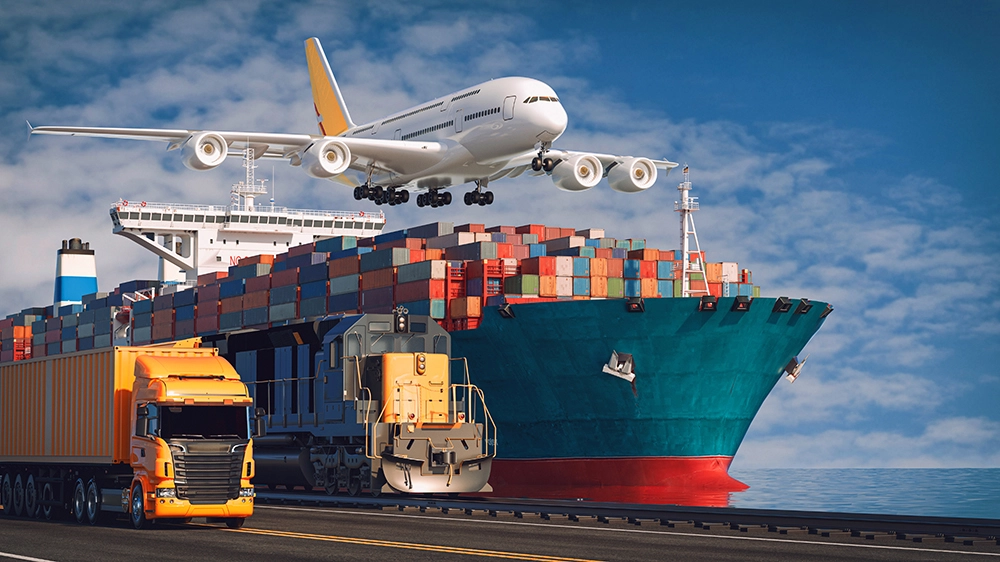
Optimizes transportation planning, execution, and monitoring.
Enhances route optimization, predictive analytics, demand forecasting, and decision-making.
Ensures secure and transparent tracking of transactions and goods throughout the supply chain.
Provides insights into operations, helping to optimize processes and improve decision- making.
Provides real-time monitoring of goods and vehicle conditions.
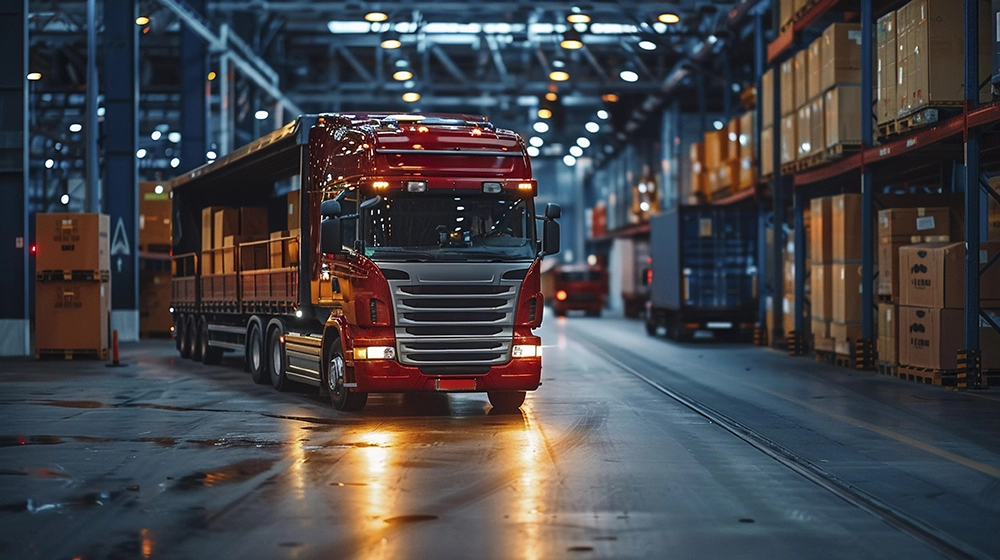
Use telematics to monitor vehicle locations, driver behavior, fuel consumption, and maintenance needs in real-time.
Implement AI and machine learning algorithms to optimize routes, reduce travel time, and lower fuel costs.
Utilize IoT sensors to predict and schedule vehicle maintenance before breakdowns occur, minimizing downtime and repair costs
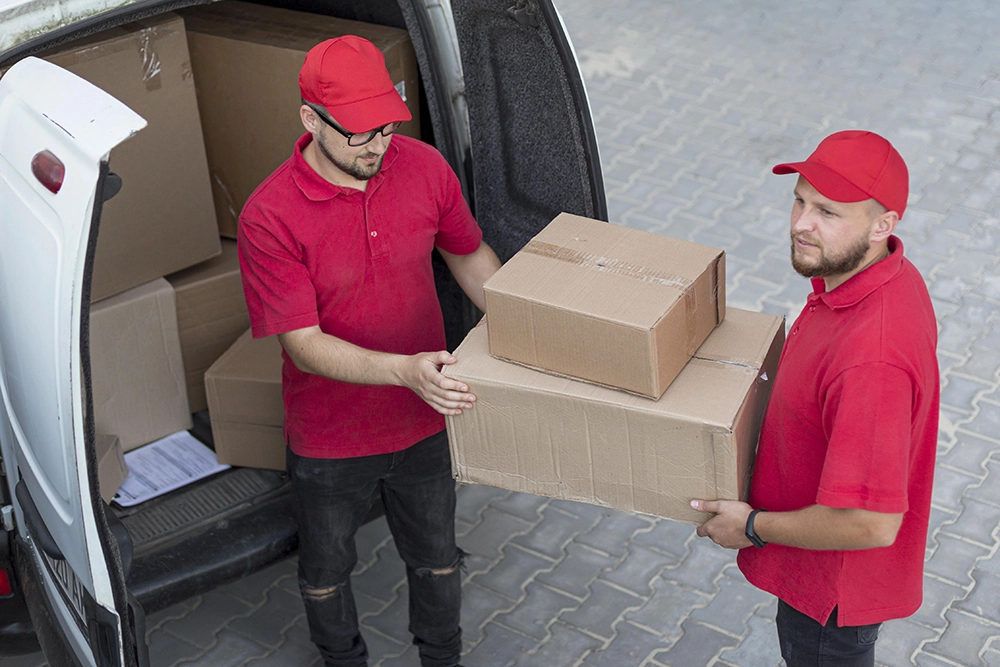
Provide customers with real-time tracking of their deliveries, enhancing transparency and customer satisfaction.
Utilize crowdsourcing platforms to match delivery tasks with independent contractors, increasing flexibility and reducing costs.
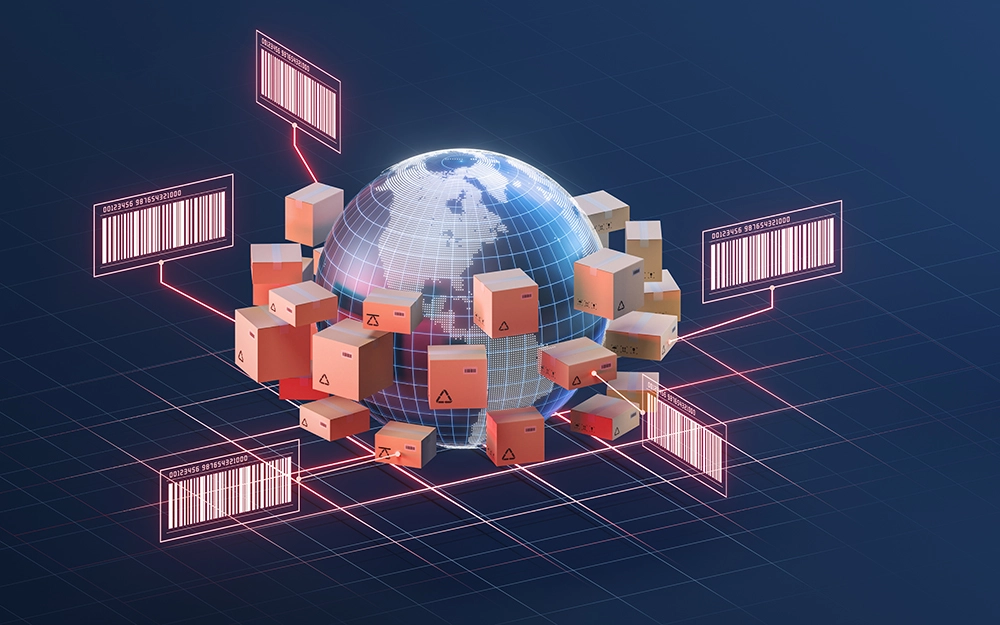
Use blockchain technology to create a transparent and secure record of all transactions and movements within the supply chain.
Implement IoT sensors to track the condition of goods (temperature, humidity, etc.) throughout the transportation process, ensuring quality and compliance.

Use data analytics to track and reduce the carbon footprint of transportation activities.
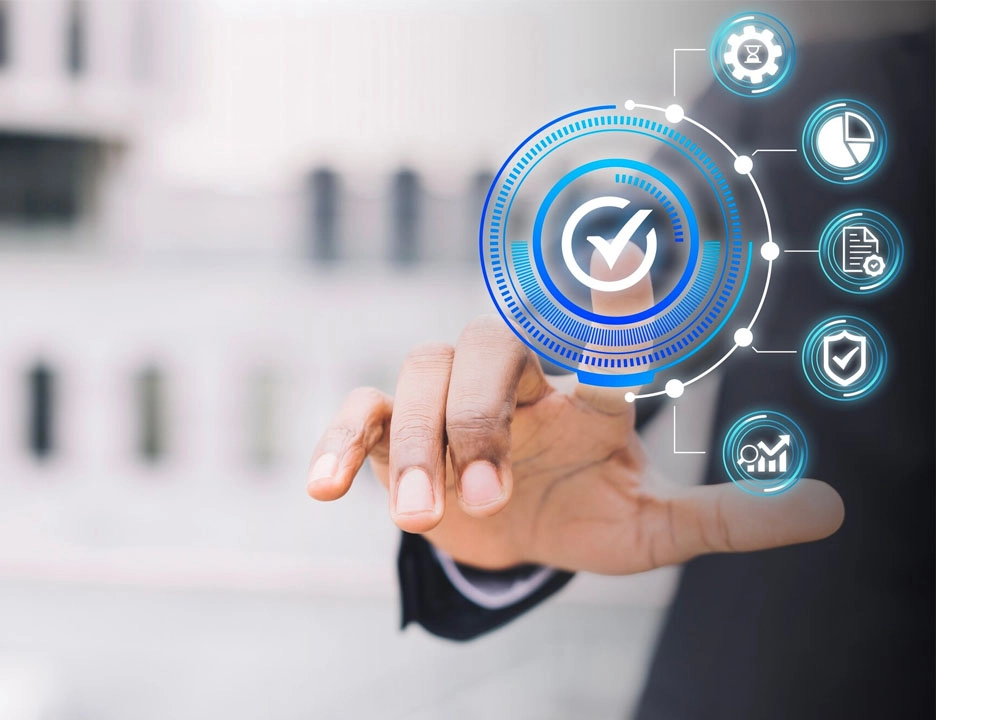
Implement automated systems to ensure compliance with transportation regulations and standards, reducing the risk of fines and penalties.